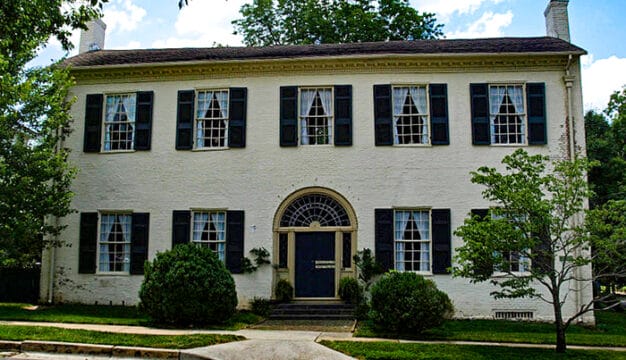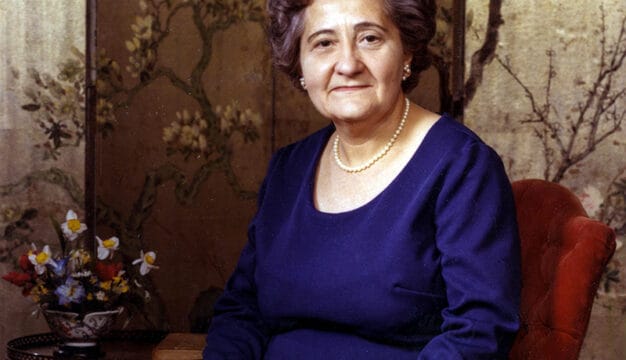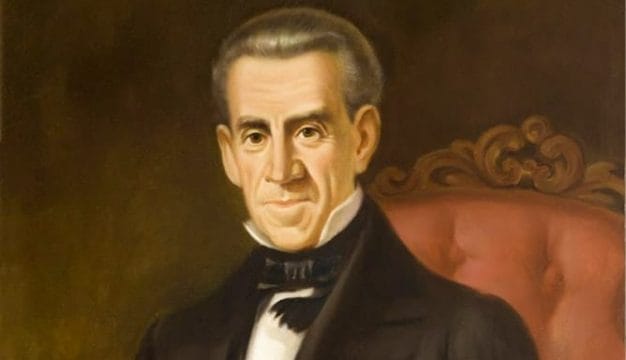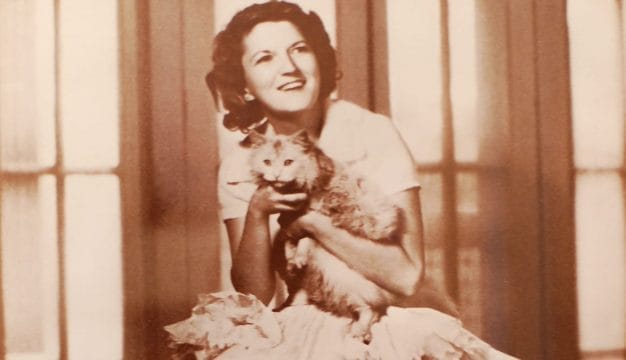Adelaide E. Mahan
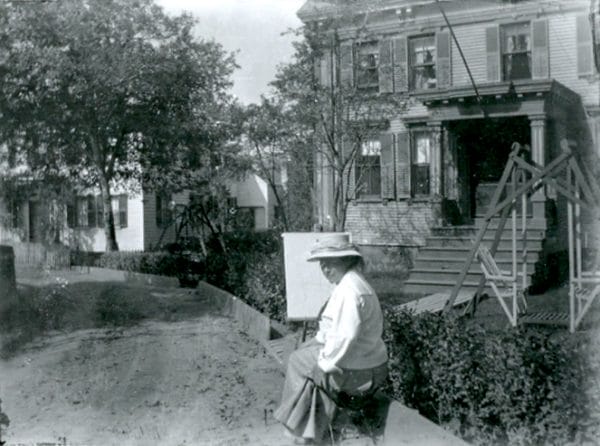 Adelaide E. Mahan
Adelaide Eleanor Mahan (1872-1959) was a multi-talented artist who worked in a variety of media, although she is best known as a painter. She lived most of her life in Alabama except for a brief period studying art at Cooper Union in New York City (1901-1903 and 1910-1911). Mahan used what she learned at Cooper Union to create a prolific and diverse body of work.
Adelaide E. Mahan
Adelaide Eleanor Mahan (1872-1959) was a multi-talented artist who worked in a variety of media, although she is best known as a painter. She lived most of her life in Alabama except for a brief period studying art at Cooper Union in New York City (1901-1903 and 1910-1911). Mahan used what she learned at Cooper Union to create a prolific and diverse body of work.
Mahan was born on December 2, 1872, in Brierfield, Bibb County, to Jesse W. Mahan and Anna Cunningham Curtis Mahan; she was one of four children. The Mahan estate was part of a territorial land grant from the U.S. government to Mahan’s grandfather, Edward Mahan, and his brothers in payment for military service during the War of 1812. Her father, a Unionist during the Civil War, was made state senator immediately after the Civil War by the Freedman’s Bureau and remained so until 1874.
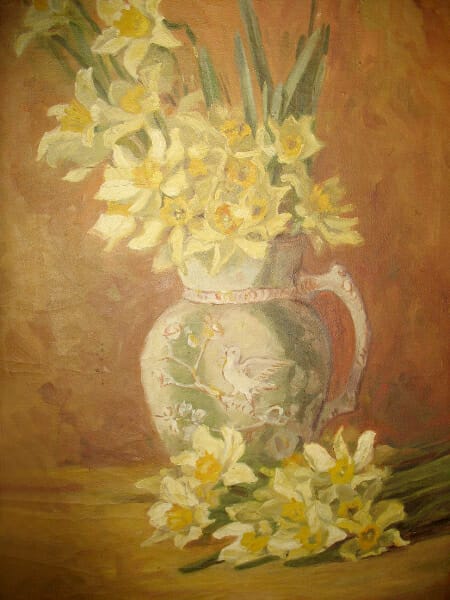 Still Life
Adelaide grew up in Brierfield, attending school there; she worked at the Brierfield post office, eventually becoming postmaster in 1897. Exhibiting a love and talent for drawing, she entered Cooper Union for the Advancement of Science and Art in New York City in the fall of 1901. While there, she took a variety of basic art classes, winning a first prize from the school in Drawing from the Antique. In the summer of 1902, she studied at the Hawthorne School of Art in Provincetown, Massachusetts, and took classes at Cooper Union until the end of the 1902-03 school year. She then returned to Brierfield to care for her ailing mother and largely remained there for the next eight years. She visited her brother’s banana plantation in Honduras in 1908; included in and amongst her many art works are pictures that she painted while there depicting the landscape and villages of the area during that time. Mahan finally returned to Cooper Union to complete the curriculum in 1911.
Still Life
Adelaide grew up in Brierfield, attending school there; she worked at the Brierfield post office, eventually becoming postmaster in 1897. Exhibiting a love and talent for drawing, she entered Cooper Union for the Advancement of Science and Art in New York City in the fall of 1901. While there, she took a variety of basic art classes, winning a first prize from the school in Drawing from the Antique. In the summer of 1902, she studied at the Hawthorne School of Art in Provincetown, Massachusetts, and took classes at Cooper Union until the end of the 1902-03 school year. She then returned to Brierfield to care for her ailing mother and largely remained there for the next eight years. She visited her brother’s banana plantation in Honduras in 1908; included in and amongst her many art works are pictures that she painted while there depicting the landscape and villages of the area during that time. Mahan finally returned to Cooper Union to complete the curriculum in 1911.
When she returned home to Brierfield in 1911, Mahan supported herself by keeping bees and selling honey and by creating and selling valentines, cards, and paintings. She also sold timber on her land and leased land for farming. In addition, Mahan developed an interest in photography, using mainly family and friends as her subjects, although she never gained a reputation as a photographer. She became a charter member of the Birmingham Art Association and the Studiosis Club of Montgomery, and she was a member of the Alabama Bee Keepers Association.
Mahan’s art reflects the influence of turn of the century impressionism and of the artists who taught her. Figures and floral subjects figure prominently in her work, but she also did landscapes of the area in which she lived, particularly of the Mahan homestead. She worked in watercolor, charcoal, and oil and also did porcelain painting and relief sculptures.
Mahan died on January 9, 1959, of congestive heart failure. She is buried alongside family members in the Brierfield Cemetery. Until recently, much of her work was not widely exposed to the public. The Carnegie Visual Arts Center in Decatur, Morgan County, held an exhibition on her life and work in the summer of 2009 and she was the subject of a retrospective in Montevallo, Shelby County.
